Light is the most requisite tool a photographer has to translate an artistic vision into a photograph. Understanding light and shadows lie at the heart of the visualization process. Manipulating or painting with light is an essential skill of a portrait artist. Light can be rich in emotion, aesthetics, storytelling. It can be cold or warm. The direction and quality of light can make a person look thinner or heavier, softer or rugged, bold or beautiful. Light can shape how an image is visualized in the mind’s eye.
Ambient light can be attractive or ugly.
The Dutch masters like Rembrandt were masters and understanding and using light to create their images. As a result, photographers frequently refer to “Rembrandt lighting.” It is an iconic technique characterized by an illuminated triangle under the eye of the subject on the shadow side of the face.
Do you want your portrait to stand out from the crowd and seize the viewer’s attention? Then you might consider a high-key or low-key portrait. These lighting styles are not typical of common portraits because they require special lighting skills.
The high-key lighting style is a brightly lit frame with soft lighting, minimal shadows, and low contrast. High-key lighting is achieved with large light sources and silks to create soft and diffused light. It is often used for food and beauty products. Bright images suggest an upbeat mood and positive feelings. The style is ideal for creating a joyful, cheerful, lighthearted storytelling mood. This lighting technique might also imply truth and openness. An advantage of high-key lighting is it requires very minimal lighting adjustments from image to image. The disadvantage of high-key lighting is the lack of drama and doesn’t add meaning by lighting some areas more prominently than others.
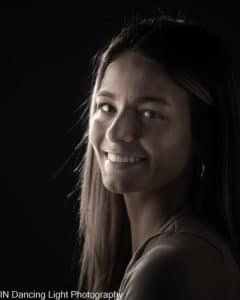 Low-key lighting has darker shadows and a reduced number of whites and mid-tones. It is called “chiaroscuro” in Italian, which is the contrast between light and dark to evoke dramatic and mysterious moods. The use of focused light can draw the viewer’s eye to one part of the composition. Chiaroscuro is often associated with the emotive cinematic look. This technique is used to achieve atmosphere, mood, sensuality, or mystery that typical portrait lighting setups can’t convey.
Low-key lighting has darker shadows and a reduced number of whites and mid-tones. It is called “chiaroscuro” in Italian, which is the contrast between light and dark to evoke dramatic and mysterious moods. The use of focused light can draw the viewer’s eye to one part of the composition. Chiaroscuro is often associated with the emotive cinematic look. This technique is used to achieve atmosphere, mood, sensuality, or mystery that typical portrait lighting setups can’t convey.
Strobes emit light at a tiny fraction of a second. This short burst of light can freeze action, giving the impression of action and movement.
The color of light can affect the mood of an image. For example, light with a warm golden glow can be inviting from a visual standpoint. Warm light creates a romantic atmosphere because it recreates the same elements as candlelight.
Colors in the warm side of the spectrum can also suggest anger and hostility.
In contrast, a cold light recalls the bluish tones of ice or snow. It can suggest pensiveness or even sadness, fear, and anxiety. Colors on the cool side of the spectrum are often described as calm and mysterious.
Outstanding portrait photographers master lighting styles and manipulate light to achieve desired distinctive images. IN Dancing Light Photography understands how to employ light to create portraits of distinction.
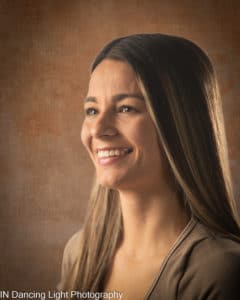
Shadows had definition and dimension,
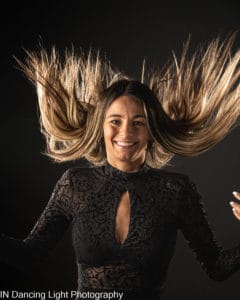
Portrait using strobes to capturing motion
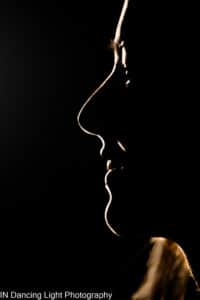
Dramatic low-key lighting.
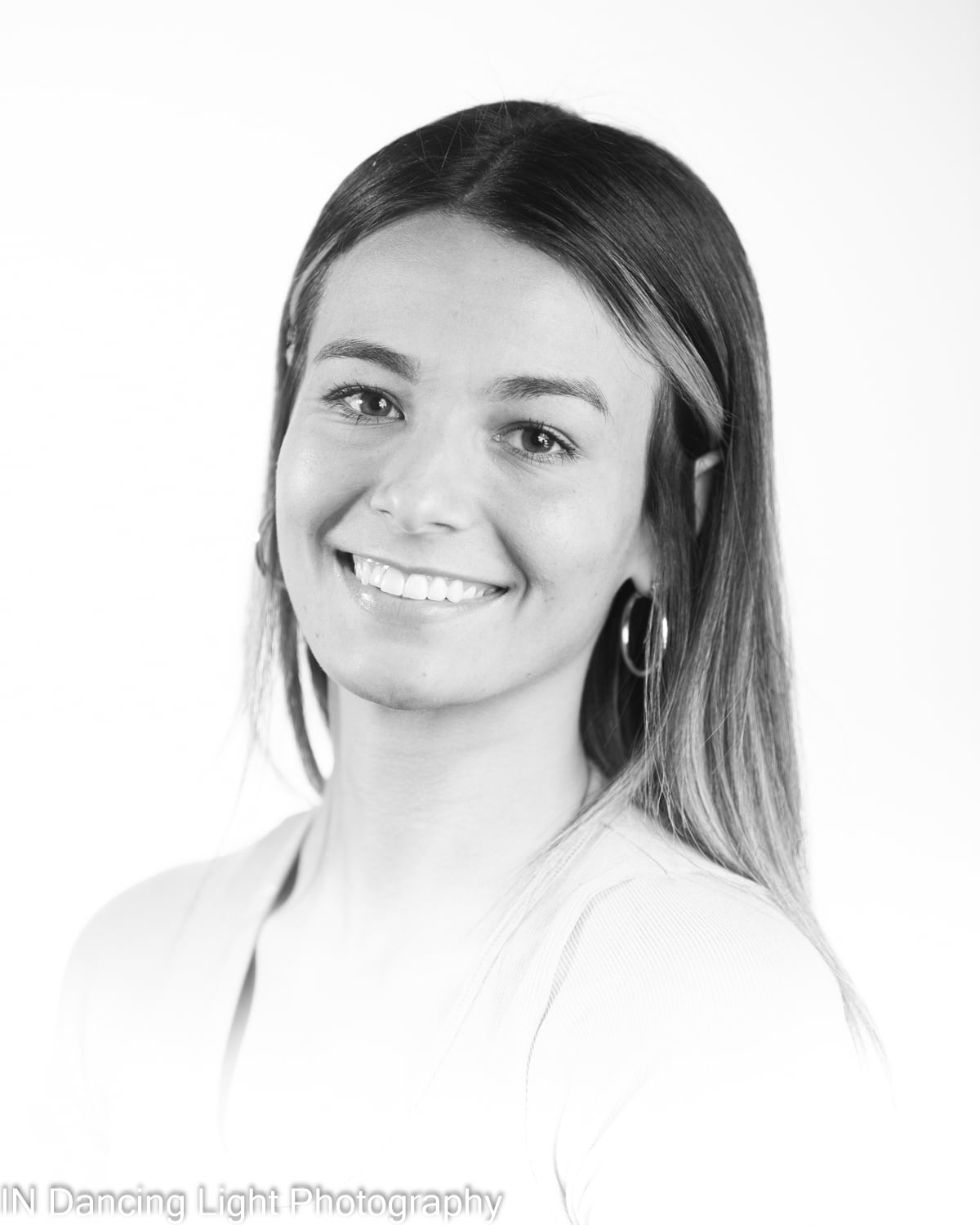
0 Comments